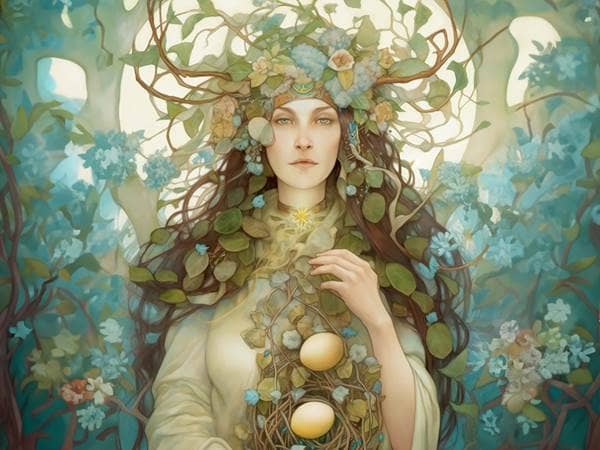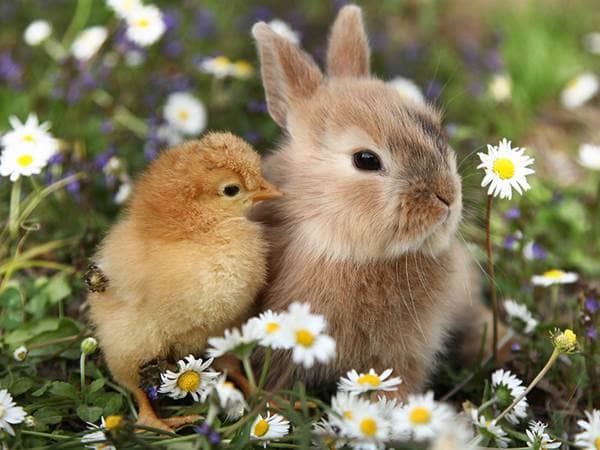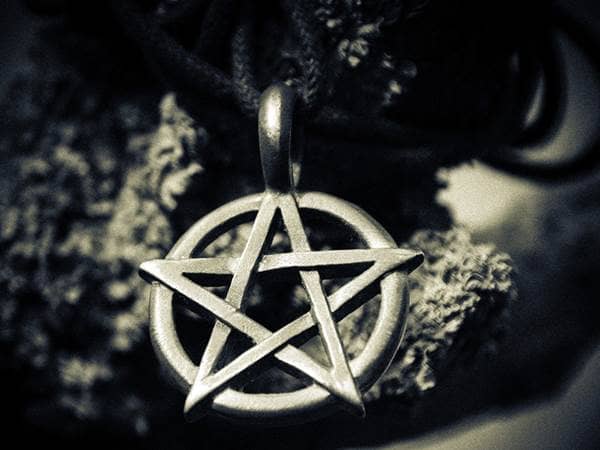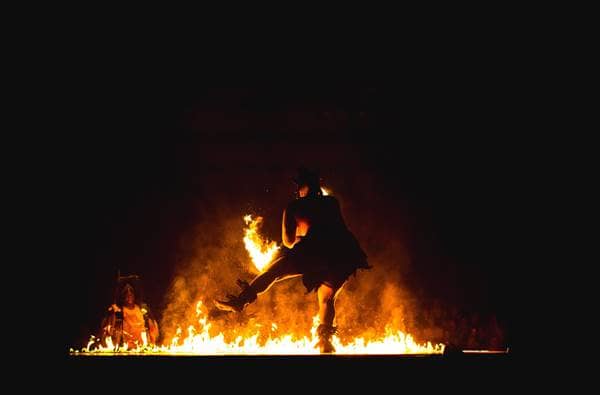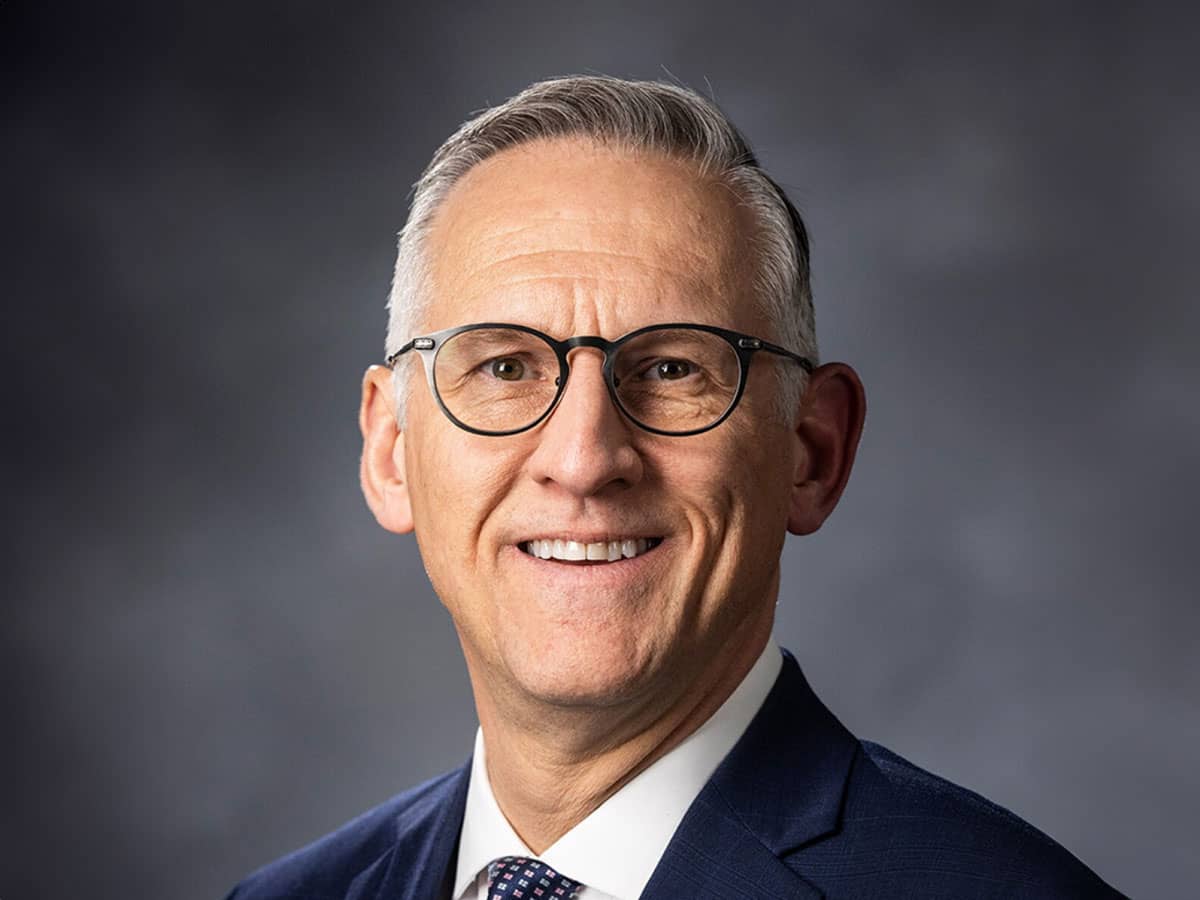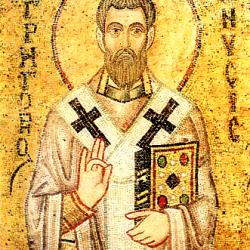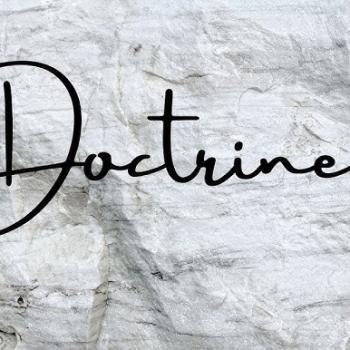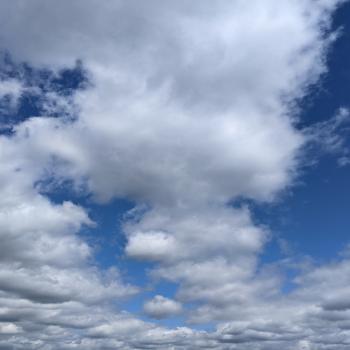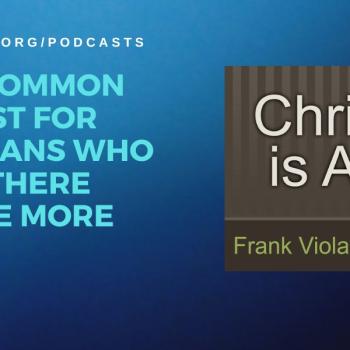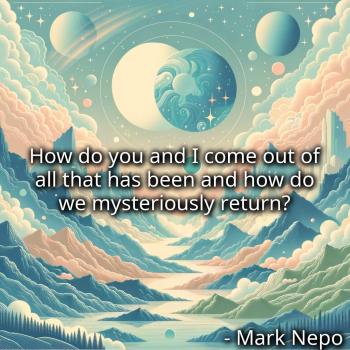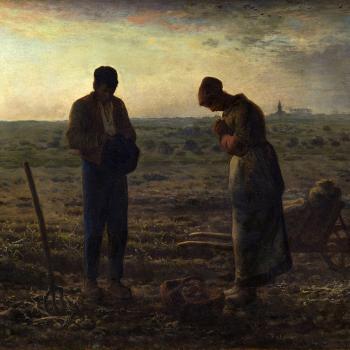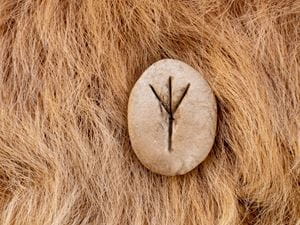
The term “Norse” (or “Norsemen”) has reference to the people who came from modern-day Denmark, Norway, and Sweden—during the late eighth century down through the early eleventh century. An alternate name for these same peoples would be the “Scandinavians”—a term which literally means “dangerous island” (referring to the sandy banks of the southernmost provinces of Sweden). While the Vikings of this same era were Norsemen, not all Norsemen were Vikings. The word “Viking” is simply a verb that means “to pirate.” Thus, the Norse Vikings were those among the Scandinavians who were sea pirates, plundering other ships and peoples in that region of the world. Eventually, the Norse Vikings (being essentially seafaring nomads) settled in parts of England, Iceland, Ireland, Greenland, North America, Scotland, and Wales.
Religiously speaking, the regions which became known as Denmark, Norway, and Sweden were originally part of the “Old Norse Religion,” often referred to as “Norse Paganism” or “Nordic Paganism.” It is a branch of paganism that developed out of Germanic beliefs common in that part of the world prior to the arrival of Christianity—and which may extend back as far as the Germanic Iron Age (well before the Common Era). However, it would be wrong to suggest that Norse paganism was a doctrinally consistent religious tradition. In actuality, the Norse didn’t even have a word for “religion” until their interactions with Christianity (around the 12th century CE). Originally, they simply referred to their religion as the “customs” of their people or ancestors. Additionally, the old Norse tradition was less interested in doctrine and, instead, more focused on rites, behaviors, and the like. Thus, it was largely an oral tradition, without codified doctrines or texts. And it could look quite different from place to place and at different times during its history. Nordic paganism was largely made up of a handful of very broad and general concepts shared by various peoples throughout Scandinavia from the 8th to the 11th century. Thus, there is much we cannot say with certainty, and there are many areas of Norse practice or belief that were not universal but regional instead. Efforts to be dogmatic about the Norse are essentially fruitless. Thus, we will speak of what we know, while acknowledging what we do not.
The medieval Norse were typically polytheists, though some worshiped a singular deity. Thor (the god of thunder), Odin (the god of war), and Frigg (the goddess of wisdom and marriage) were among their most commonly worshiped deities. Some, like Loki (a “trickster” god which some associate with Lucifer), were acknowledged as divine, but seldom if ever actually worshiped. In addition to their various gods and goddesses, the Norse commonly believed in the existence of elves and dwarfs (which were minor pseudo-divine figures), giants (or jötnar), and even spirits of the land (called “landvættir” or “land-wights”). Some think these lesser spirits and “divine figures” may have played a greater role in the day-to-day lives of the average Norseman than did the major deities. Ancestor worship also appears to have been practiced by some Nordic Pagans, though not in corporate worship, but in private devotions. Thus, the focus of their veneration varied from one Norse group to another, but many beings could be the object of their adoration or devotion, contingent upon their local beliefs, cultural influences, etc.
Various Norse pagans believed that there were multiple realms in the “next worlds,” each being presided over by a different deity. So, for example, those who were warriors (and died in battle) would reside in the heaven presided over by Odin (because he was the god of war). One’s moral conduct during his or her life was not believed (by the Norse) to have a bearing on the deceased’s reward in the afterlife.
Another common belief was that the cosmos was made up of nine worlds (e.g., the world of humans and the world of gods). In Norse mythology, there was a “Tree of Life” (or “Yggdrasil”) and these various worlds were lodged in its branches and roots—creating a system of intertwined peoples, deities, and earths.
Tribal chiefs and kings, in the old Norse tradition, often held priestly roles somewhat akin to King David (among the ancient Israelites). Sometimes seen as the equivalent of shamans or even sorcerers, their perceived power was both political and priestly. They were often tasked with making sacrifices or offerings which would appease the gods and spirits on behalf of their people; though they were not necessarily perceived as having “divine status” (as some of the pharaohs were). Norse pagan temples were typically found in nature, such as sacred groves or near bodies of water; though occasionally they built cultic “houses” or temples in which to perform their sacred rites. (These “hofs” or “cultic houses” may have been inspired by Christian churches built in various parts the Roman Empire.) More rarely, mountains were used—particularly in the context of worshiping Thor (the god of thunder). While chiefs and kings commonly performed rites on behalf of the nation, tribe, or people, the Norse also utilized female sorceresses or shamans who functioned in localized communal gatherings or for the needs of a specific person or family. Because the Norse pagans did not rely upon written sacred texts, much of what we know about their rites and sacrifices is somewhat speculative, as detailed written accounts are limited. Sacrifice was definitely the most important of their rites and, in many ways, it paralleled that which the ancient Israelites engaged in. Animals were slain and their blood was sprinkled on altars. Such sacrifices were not only performed at annual festivals, but also in an effort to gain the favor of the gods prior to some significant event, or at the death of a loved one. For the Norse, sacrifices were made of oxen, cows, fowls, as well as dogs, horses, and (according to some accounts) the occasional human.
Much of Nordic paganism parallels other pagan traditions, particularly its emphasis on nature, outdoor worship, the multiplicity of gods, and the multitude of spirits believed to be present throughout the world. However, the Norse were also unique in what deities they revered, how distinct their worship practices and gods could be based on where the practitioner lived, and also because of how the growth of Christianity essentially brought the death of Norse paganism.
While the nineteenth century brought a rise of scholarly interest in the pagans of Scandinavia, the Nazi use of Rune or Old Norse symbols quelched that for a time. Nonetheless, in the twenty-first century, fascination with this important past religion of Scandinavia is alive and well. However, because of its primarily oral method of maintaining the tradition, coming to a complete understanding of medieval Norse beliefs and practices is challenging, to say the least. And much of what it today practiced under the names “Norse Paganism,” “Asatru,” and “Heathenry,” are only loosely related to the beliefs and practices of the original paganism of Scandinavia. The modern denominations (e.g., Ásatrú, Rökkatru, and Vanatru) have adopted various components of the medieval faith (of which we know very little detail) and have expanded and reinterpreted those elements for their own purposes. Thus, modern “Norse Paganism” is really a traditional form of paganism loosely rooted in the symbols, history, culture, and cultic practices of the medieval Norse—while taking some liberties in areas in which little is known. It is traditionally a polytheistic and animistic faith, void of commandments and theologically non-dogmatic; and having very few members, while existing in several denominations. Amazingly, as small as the modern version of Nordic paganism is, the BBC claims that it is one of “Iceland’s fastest growing religions” today. Who knew?!
6/12/2024 7:47:34 PM
